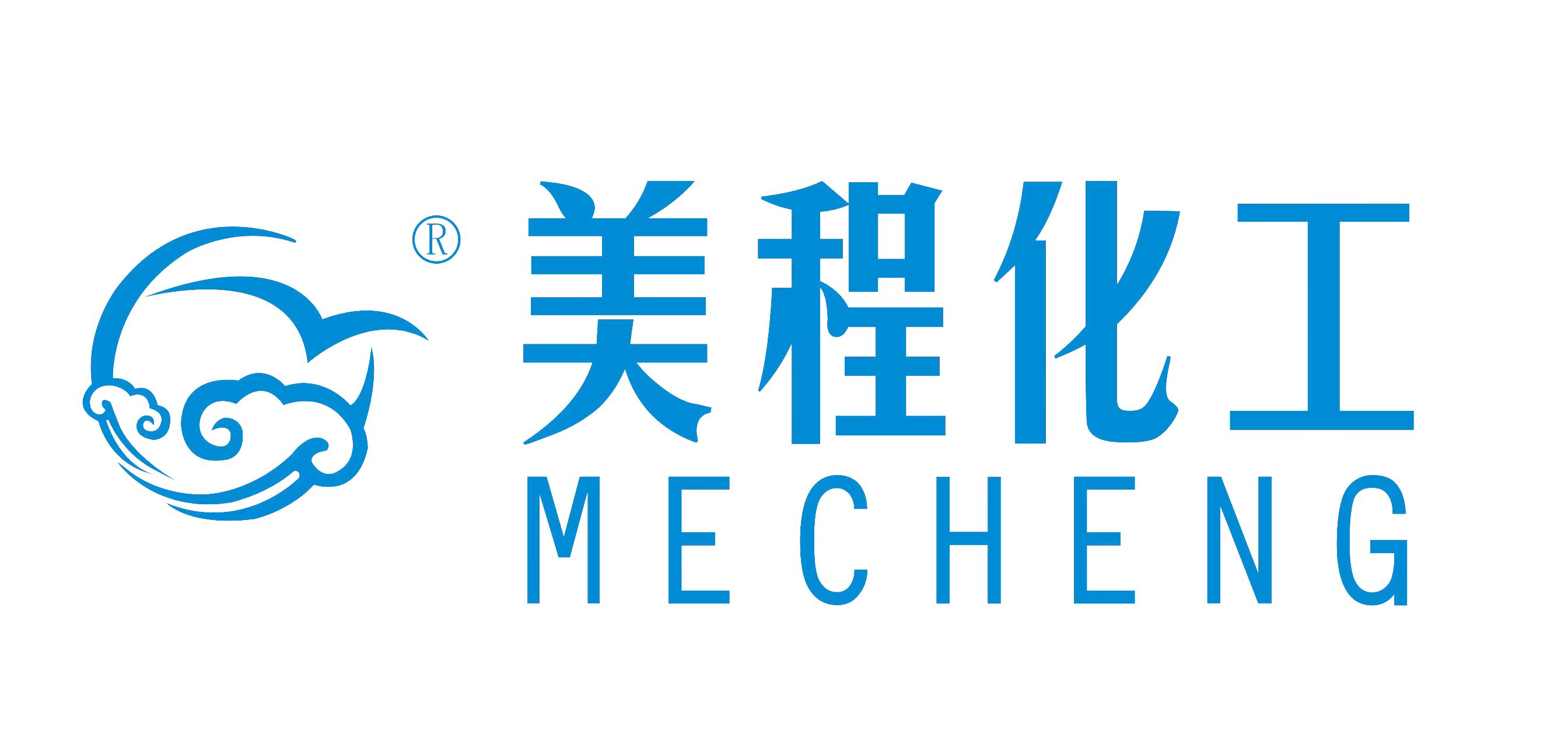



Physical and Chemical Properties
| Material | Zirconia |
| Color | Yello |
| Pore Density | 10-30ppi |
| Porosity | 80-90% |
| Refractoriness | ≤1700ºC |
| Bending Strength | >0.8Mpa |
| Compression Strength | 1.5Mpa |
| Volume-weight | 0.7-1.0 g/cm3 |
| Thermal shock resistance | 6times/1100ºC |
| Application | Steel casting & cast iron castings |
| Dimensions(mm) | Pouring rate(kg/s) | Filtration Capacity(kg) |
| 50*50*22 | 3-5 | 30 |
| 50*75*22 | 4-6 | 40 |
| 75*75*22 | 7-12 | 60 |
| 75*100*22 | 8-15 | 80 |
| 100*100*22 | 14-20 | 100 |
| Φ50*22 | 2-6 | 18 |
| Φ80*22 | 6-10 | 50 |
| Φ90*22 | 8-16 | 70 |
5.The surface of the casting is clean, reducing the machining allowance, shortening the cleaning time, and improving the delivery efficiency

